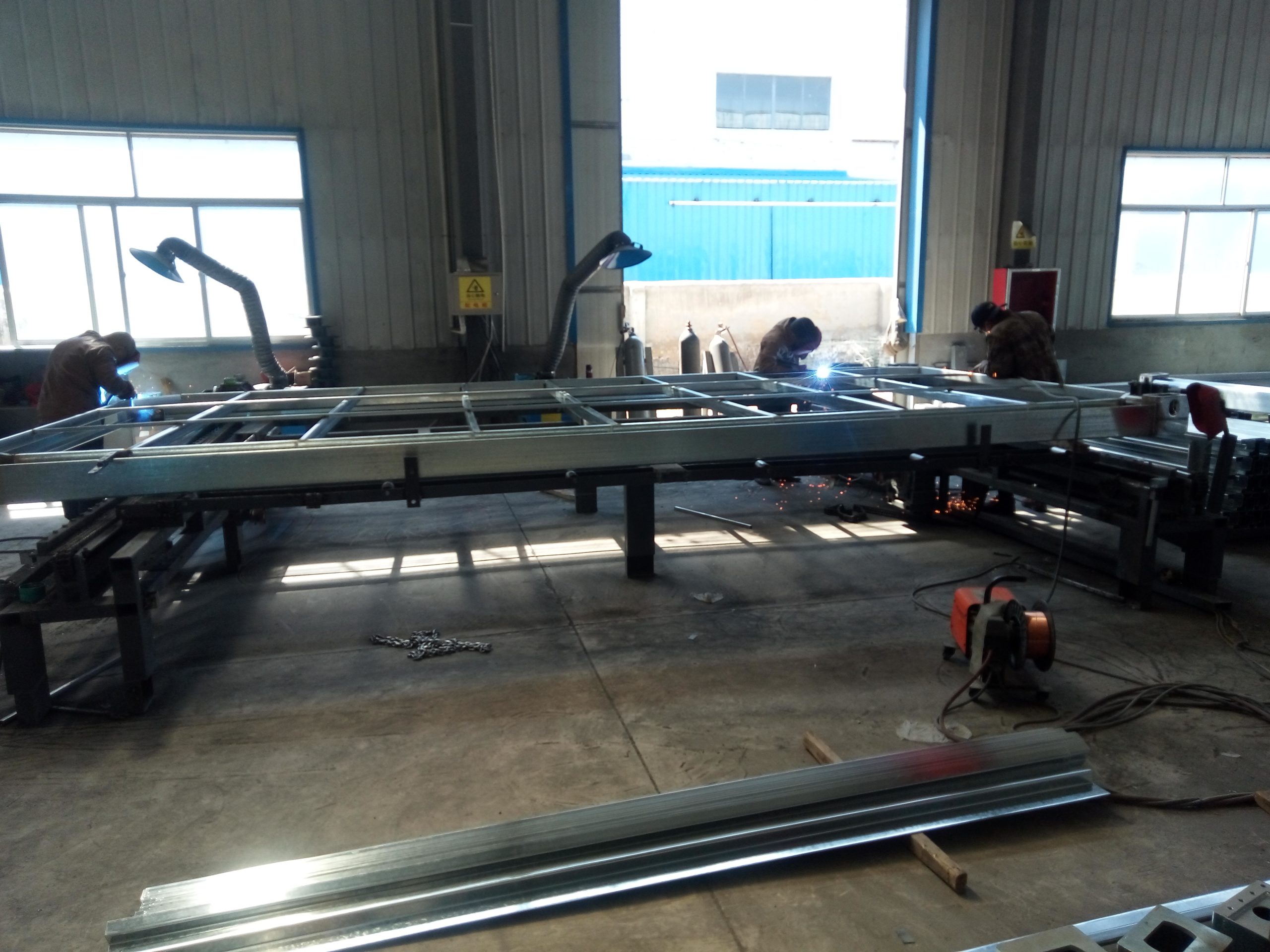Inhoudsopgave
Benefits of Implementing Efficient Industry Chain Coordination in Box House Construction
The box house construction industry has been gaining popularity in recent years due to its efficiency, cost-effectiveness, and sustainability. One key factor that contributes to the success of box house construction is efficient industry chain coordination. By coordinating all aspects of the construction process, from design and manufacturing to transportation and installation, companies can maximize resource utilization and minimize waste.
Efficient industry chain coordination in box house construction starts with the design phase. Architects and engineers work closely with manufacturers to create standardized building components that can be easily mass-produced. This not only speeds up the construction process but also ensures that each component fits together seamlessly, reducing the need for on-site modifications and adjustments.
Once the design is finalized, manufacturers can begin producing the building components in a controlled factory environment. By manufacturing components off-site, companies can take advantage of economies of scale and reduce material waste. Additionally, factory production allows for better quality control, resulting in higher-quality buildings that are more durable and energy-efficient.
After the components are manufactured, they are transported to the construction site for assembly. Efficient industry chain coordination ensures that transportation is carefully planned to minimize costs and reduce environmental impact. By optimizing delivery routes and using just-in-time delivery methods, companies can reduce transportation costs and lower their carbon footprint.
Once the components arrive at the construction site, they can be quickly assembled into a complete building. Because the components are standardized and pre-fabricated, assembly is fast and efficient, reducing labor costs and construction time. This not only benefits the construction company but also the end-user, who can move into their new home or office space sooner.

In addition to the benefits of speed and cost-effectiveness, efficient industry chain coordination in box house construction also leads to higher resource utilization. By coordinating all aspects of the construction process, companies can minimize waste and maximize the use of materials. This not only reduces costs but also helps to protect the environment by reducing the amount of construction waste that ends up in landfills.
Furthermore, efficient industry chain coordination can also lead to innovation in box house construction. By bringing together experts from different fields, companies can collaborate on new technologies and techniques that can improve the efficiency and sustainability of box house construction. This can lead to the development of new building materials, construction methods, and design concepts that push the boundaries of what is possible in box house construction.
Overall, efficient industry chain coordination in box house construction offers a wide range of benefits, from cost savings and resource utilization to innovation and sustainability. By coordinating all aspects of the construction process, companies can streamline operations, reduce waste, and deliver high-quality buildings that meet the needs of their clients. As the demand for sustainable and efficient construction practices continues to grow, industry chain coordination will play an increasingly important role in the success of box house construction projects.
Strategies for Maximizing Resource Utilization in the Box House Industry
The box house industry has seen significant growth in recent years, with more and more people opting for these modular homes due to their affordability, sustainability, and quick construction time. However, with this growth comes the need for efficient resource utilization to ensure the industry remains sustainable in the long run.
One key strategy for maximizing resource utilization in the box house industry is through coordination along the entire industry chain. This involves all stakeholders in the process – from raw material suppliers to manufacturers to builders – working together to streamline operations and reduce waste. By coordinating activities such as material sourcing, production scheduling, and transportation, the industry can minimize inefficiencies and optimize resource use.
Effective communication and collaboration are essential for successful coordination in the box house industry chain. Suppliers need to be in constant communication with manufacturers to ensure a steady supply of materials, while manufacturers must work closely with builders to meet project deadlines. By fostering strong relationships and sharing information, stakeholders can identify opportunities for improvement and make informed decisions that benefit the entire industry.
Another important aspect of maximizing resource utilization in the box house industry is implementing sustainable practices throughout the production process. This includes using eco-friendly materials, reducing energy consumption, and minimizing waste generation. By adopting green building techniques and technologies, manufacturers can not only reduce their environmental impact but also lower costs and improve efficiency.
Furthermore, investing in research and development is crucial for driving innovation and improving resource utilization in the box house industry. By continuously exploring new materials, construction methods, and technologies, manufacturers can find ways to optimize resource use and enhance the quality of their products. This can lead to the development of more sustainable and cost-effective solutions that benefit both the industry and the environment.
In addition to coordination and sustainability, leveraging technology is another key strategy for maximizing resource utilization in the box house industry. By implementing digital tools such as building information modeling (BIM) software, manufacturers can optimize design processes, improve project planning, and reduce errors. This not only increases efficiency but also minimizes material waste and enhances resource utilization.
Furthermore, embracing automation and robotics can help streamline production processes and increase productivity in the box house industry. By utilizing advanced machinery and equipment, manufacturers can reduce labor costs, improve accuracy, and enhance overall efficiency. This not only benefits the bottom line but also ensures that resources are used effectively and responsibly.
In conclusion, maximizing resource utilization in the box house industry requires a coordinated effort along the entire industry chain, a commitment to sustainability, investment in research and development, and the adoption of technology. By implementing these strategies, stakeholders can optimize operations, reduce waste, and improve the overall sustainability of the industry. Ultimately, by working together and embracing innovation, the box house industry can continue to thrive while minimizing its environmental impact.

